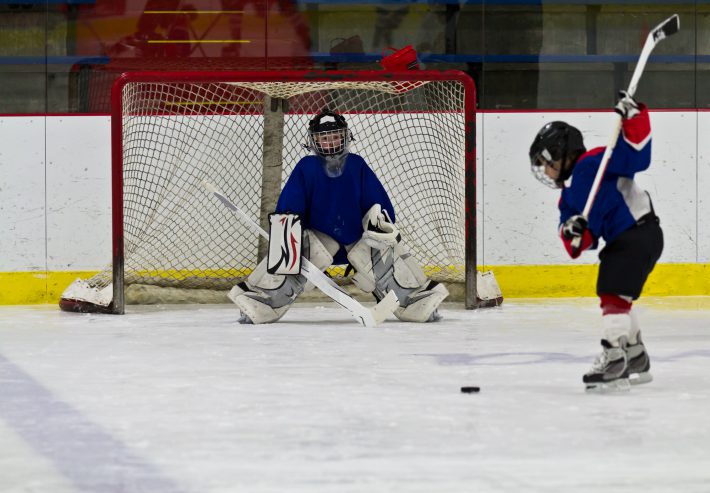Fall school sports are finishing, winter sports are ramping up, and spring sports will arrive before you know it. Regardless of the sport or its season, it’s important to know how to respond if your child sustains a pediatric sports injury. When people think of sports injuries, they often think of concussions or bone fractures. However, overuse injuries in youth athletes are also possible and may be harder to spot. To protect kids and allow them time to heal, parents and coaches need to recognize the signs of an injury and begin treatment.
Stanford Children’s Health estimates that more than 3.5 million children under age 14 get hurt every year playing sports or doing recreational activities. And more than 775,000 end up in the emergency department. Many of those visits are due to injuries that occur during organized sports or informal playtime. About 62 percent of injuries in youth athletes who participate in organized sports occur during practice.
Never Miss a Beat!
Subscribe to Our HealthBeat Newsletter!
Thank you for subscribing!
You can now select the specific newsletters you'd like to receive.
You are already subscribed.
Subscribe to more newsletters in our email preference center.
Sorry, an error occurred. Please try again later.
Get Healthy Tips Sent to Your Phone!
Acute Injuries in Child Athletes
Acute injuries are usually easier to see. They happen suddenly, typically because of a collision, fall, or some other sort of impact. These injuries include concussion, bruising, sprains, strains, and broken bones. A concussion can sometimes be hard to detect because the symptoms can vary. However, getting a baseline screening at the beginning of the year can make it easier to diagnose and treat a concussion.
If a young athlete is injured and requires first aid, you may see the following:
- Impaired movement (a child may limp or cradle an arm)
- Swelling
- Deformity
- Confusion, dizziness, headache, nausea, or temporary loss of consciousness (concussions don’t always cause loss of consciousness)
Sometimes a combination of rest, ice, compression, and elevation (R.I.C.E.) is enough to treat a mild strain and allow your child to return to practice in a few days. More serious injuries may require additional treatment with bracing, physical therapy, or even surgery.
Overuse Injuries in Children
Many kids start playing sports at an early age and begin competing or having regular practices as young as age 4. As a result, they can experience overuse injuries, such as Little League elbow. These injuries develop more slowly and may be harder to recognize, especially in young children who can only tell you that “it hurts.”
KidsHealth cautions that overuse injuries can affect bone growth. Pain and swelling are the primary signs of an overuse injury. If your child complains of persistent pain, even if you can’t see an injury, it’s best to have it examined by a doctor.
Refrain from practices and games until you know whether your child is injured and how severely. Resuming games and practice before a pediatric sports injury is healed puts your child at risk of permanent injury.
Following the R.I.C.E. method for a few days will usually heal the injury. However, in severe cases a doctor may need to immobilize the affected area or prescribe physical therapy.
If your young athlete is injured, it’s best to schedule a follow-up appointment with a primary care doctor or a sports medicine specialist before returning to play. Your doctor can tell you about baseline testing and assessments at the beginning of sports season and whether your child may benefit. Call UPMC Sports Medicine at 1-855-93-SPORT for more information.
About Sports Medicine
An athletic lifestyle carries the potential for injury. Whether you’re an elite athlete or a weekend warrior, UPMC Sports Medicine can help. If you are looking to prevent, treat, or rehabilitate a sports injury, our multidisciplinary team of experts can help you get back into the game. If you are seeking to improve your athletic performance, we can work with you to meet your goals. We serve athletes and active people of all ages and experience levels. Our goal is to help you keep doing what you love. Visit our website to find a specialist near you.
